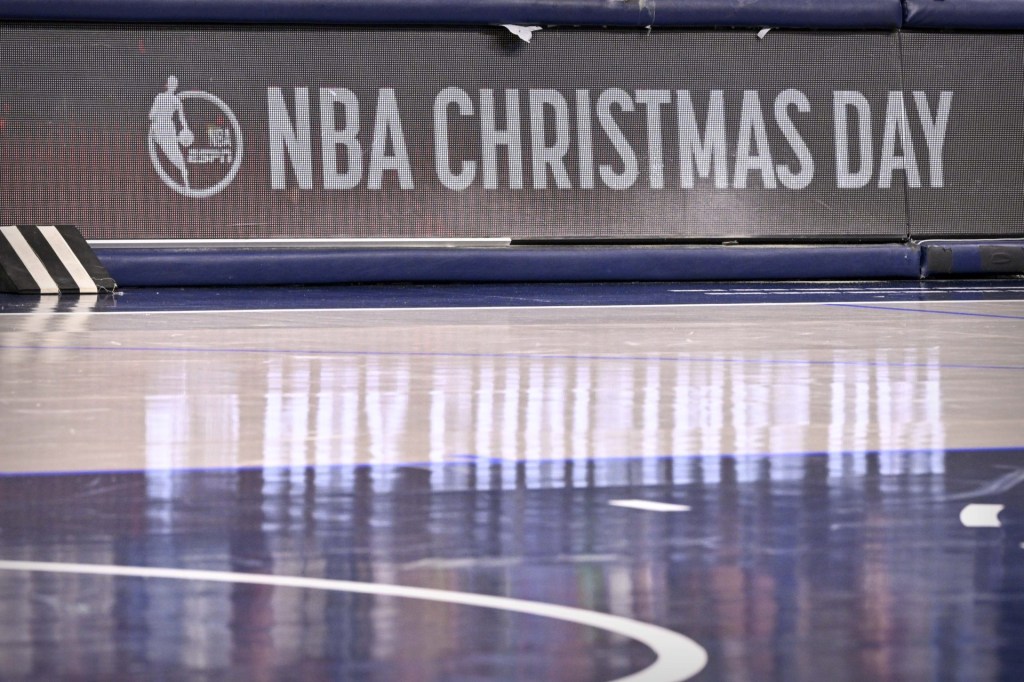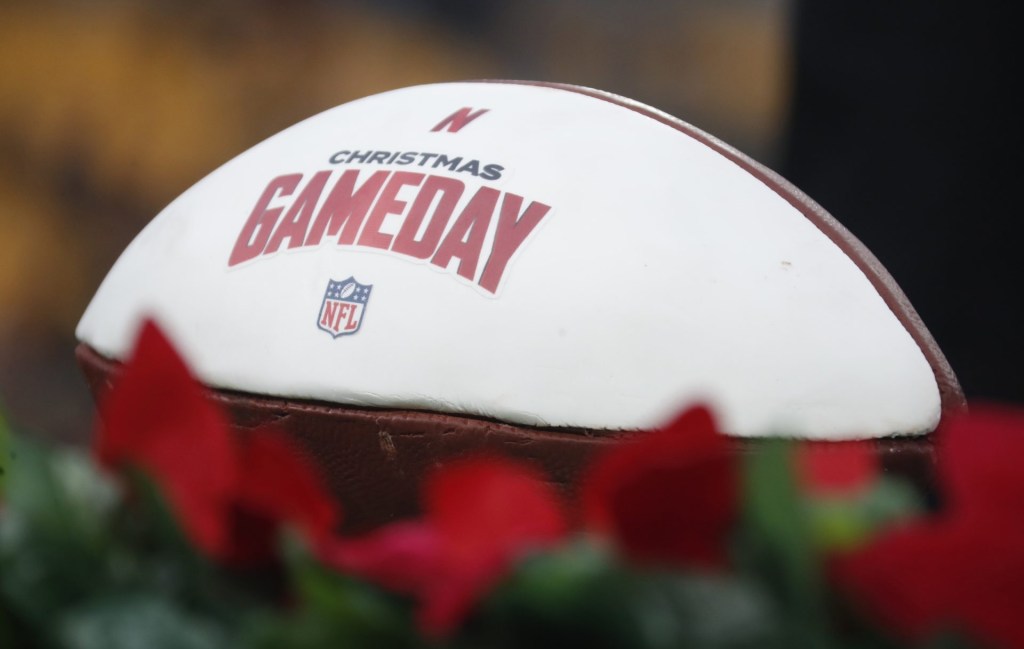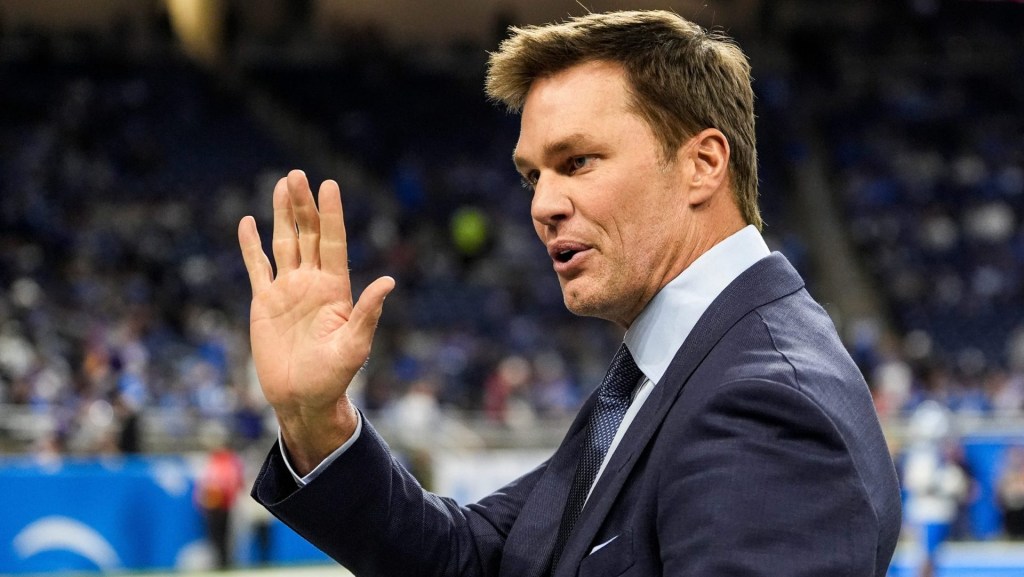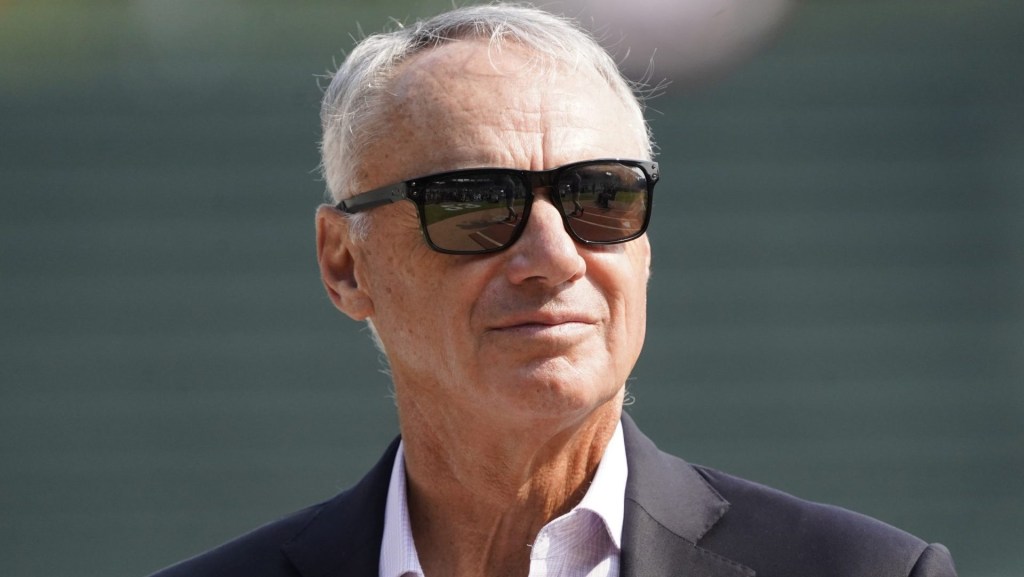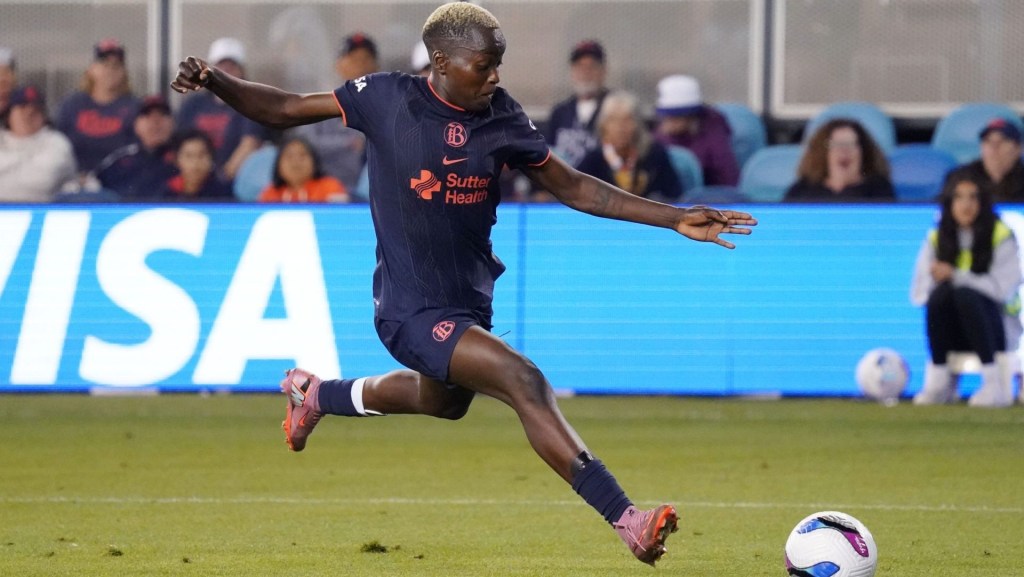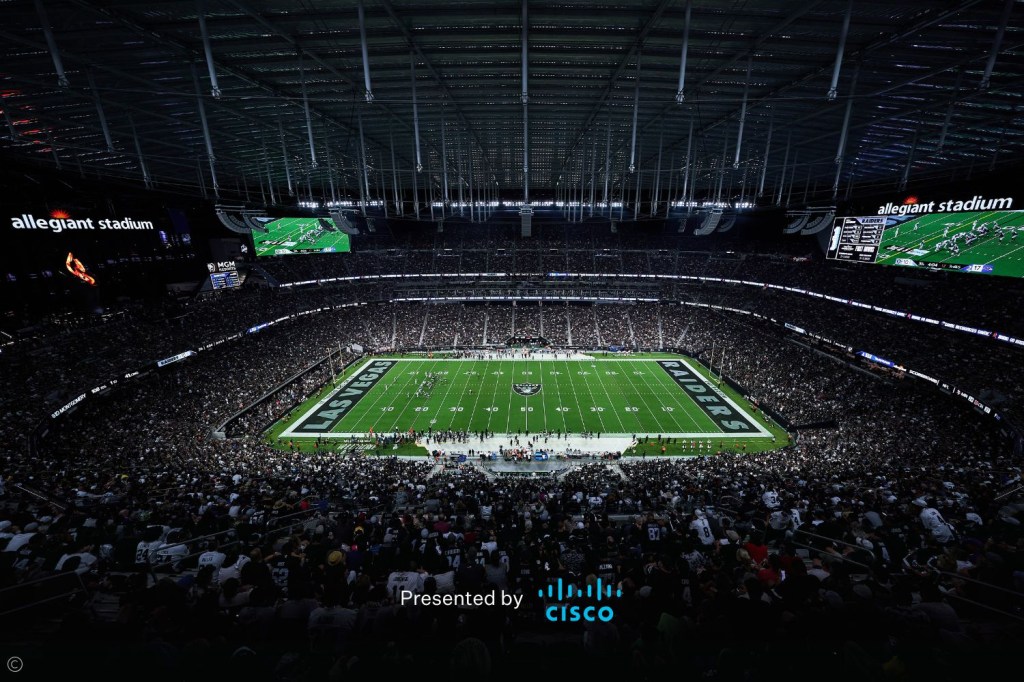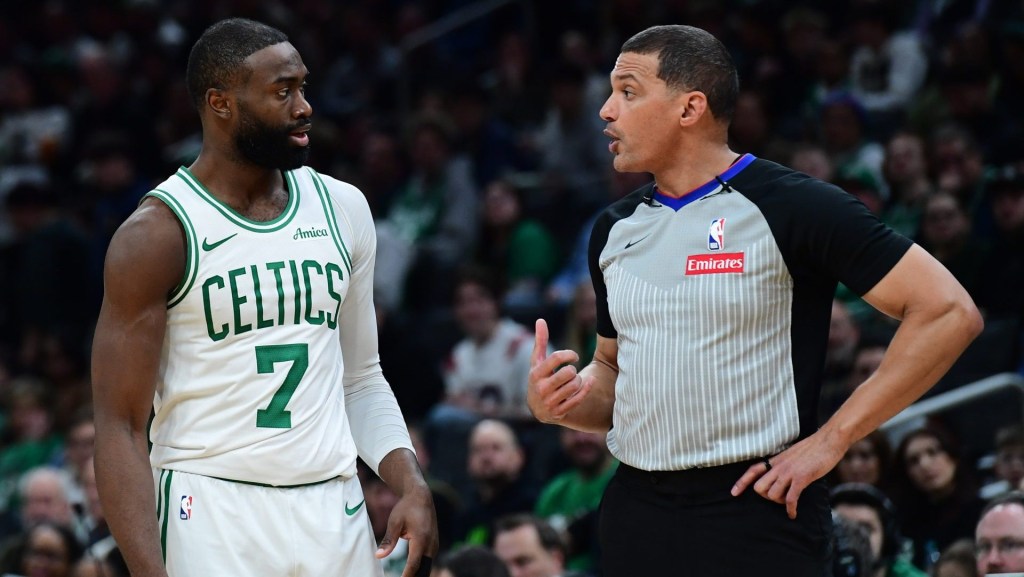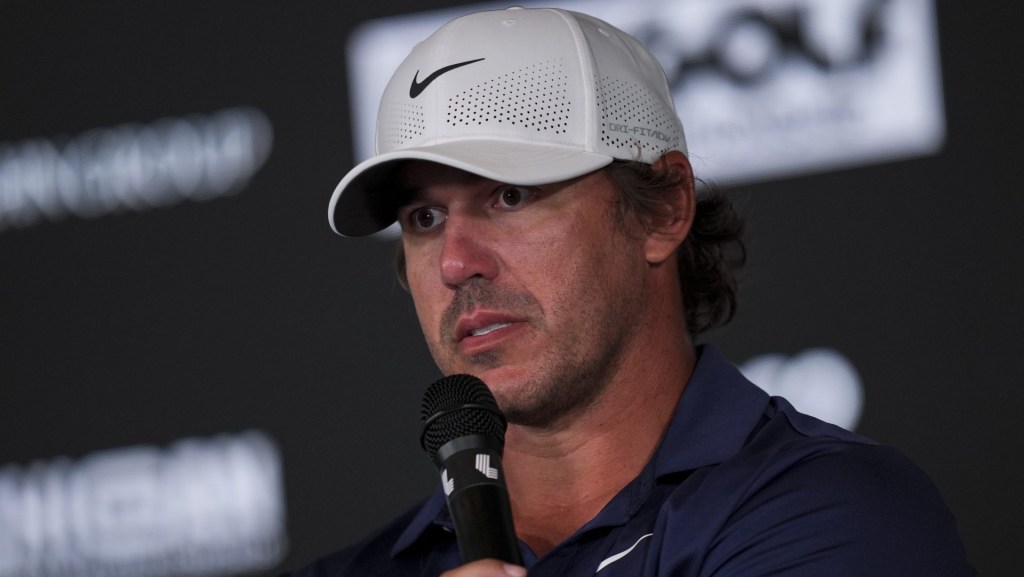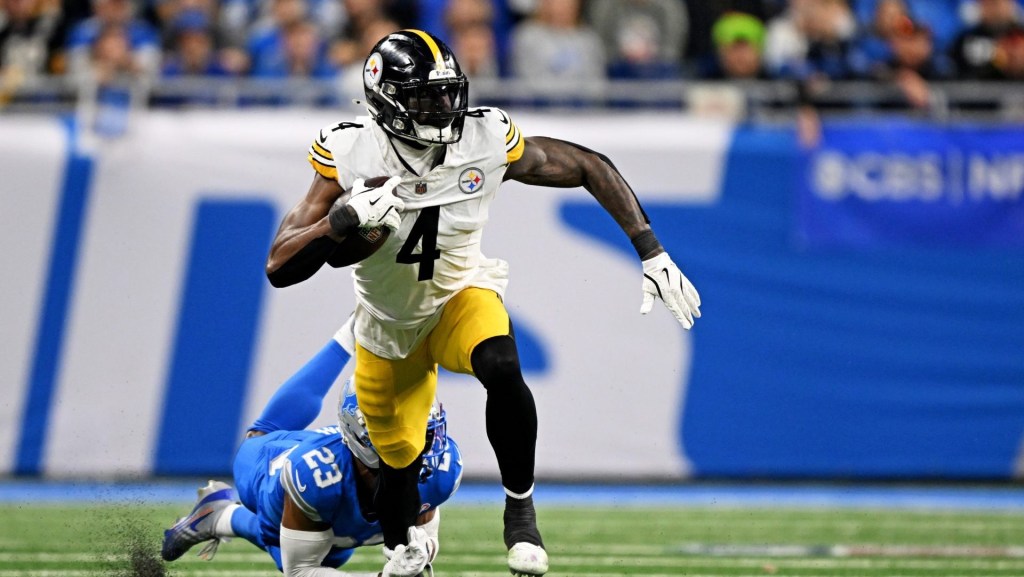The NFL salary cap has increased sizably over the past 20 years as the NFL closes in on its $25 billion revenue goal.
In 2004, the NFL salary cap under a previous Collective Bargaining Agreement (CBA) was $80.6 million. Today, it’s more than tripled to $255.4 million.
Over that time, the total value of NFL rookie contracts has risen sharply.
Cam Ward, the top pick in the 2025 NFL Draft, will earn $48.8 million on his mandatory four-year deal, $9.3 million more than 2024’s top pick, Caleb Williams.
Top picks in the NFL Draft reached a high in guaranteed money in 2010 but reset under a new CBA in 2011.
Here’s a breakdown of how much the top pick in the NFL Draft has earned since 2004:
| Draft Year | First Overall Pick | Maximum Total Value | NFL Salary Cap |
| 2004 | Eli Manning | $54 million | $80.6 million |
| 2005 | Alex Smith | $53.5 million | $85.5 million |
| 2006 | Mario Williams | $54 million | $102 million |
| 2007 | JaMarcus Russell | $61 million | $109 million |
| 2008 | Jake Long | $57.8 million | $116 million |
| 2009 | Matthew Stafford | $72 million | $123 million |
| 2010 | Sam Bradford | $78 million | Uncapped* |
| 2011 | Cam Newton | $22 million | $120.4 million |
| 2012 | Andrew Luck | $22.1 million | $120.6 million |
| 2013 | Eric Fisher | $22.2 million | $123.6 million |
| 2014 | Jadeveon Clowney | $22.3 million | $133 million |
| 2015 | Jameis Winston | $25.4 million | $143.3 million |
| 2016 | Jared Goff | $27.9 million | $155.3 million |
| 2017 | Myles Garrett | $30.4 million | $167 million |
| 2018 | Baker Mayfield | $32.7 million | $177.2 million |
| 2019 | Kyler Murray | $35.7 million | $188.2 million |
| 2020 | Joe Burrow | $36.2 million | $198.2 million |
| 2021 | Trevor Lawrence | $36.8 million | $182.5 million |
| 2022 | Travon Walker | $37.4 million | $208.2 million |
| 2023 | Bryce Young | $37.96 million | $224.8 million |
| 2024 | Caleb Williams | $39.5 million | $255.4 million |
| 2025 | Cam Ward | $48.8 million | $279.2 million |
JaMarcus Russell’s nightmare contract for the Raiders, guaranteeing him $32 million on a six-year, $61 million deal in 2007, prompted team owners to prevent similar situations in the future.
Enter the rookie pay scale.
Top draft picks still earn their paydays based on their selection place in the draft, but with more modest guaranteed money. Quarterbacks still get picked No. 1 most often, but other positions can earn more guaranteed money than before with early-round selections.
Life isn’t as sweet for NFL rookies drafted in the lower rounds.
In addition to fighting for a roster spot, lower-round draftees may earn a fraction of what their high-profile draft mates earn.
Here is the NFL’s minimum salary scale for rookies since 2004:
2004: $230,000
2005: $230,000
2006: $275,000
2007: $285,000
2008: $295,000
2009: $310,000
2010: $325,000
2011: $375,000
2012: $390,000
2013: $405,000
2014: $420,000
2015: $435,000
2016: $450,000
2017: $465,000
2018: $480,000
2019: $495,000
2020: $610,000
2021: $660,000
2022: $705,000
2023: $750,000
2024: $795,000
2025: $840,000
Even though minimum salaries have more than tripled since 2004, they’re still far from what top draft picks earn in their rookie contracts.
For example, in 2004, the Jaguars’ No. 9 pick, Reggie Williams, earned a $3.2 million signing bonus with his $11.9 million contract. The Raiders’ last pick of that draft, Andre Sommersell, signed a two-year, $551,000 contract with a $16,500 signing bonus.
Expected boosts in the salary cap will keep minimum salaries and rookie scales on an upward trend, but they won’t get out of hand as they did before the 2011 CBA.
The top 10 picks in the draft will continue to see the most upside from the gains.
- Updated August 29, 2025

